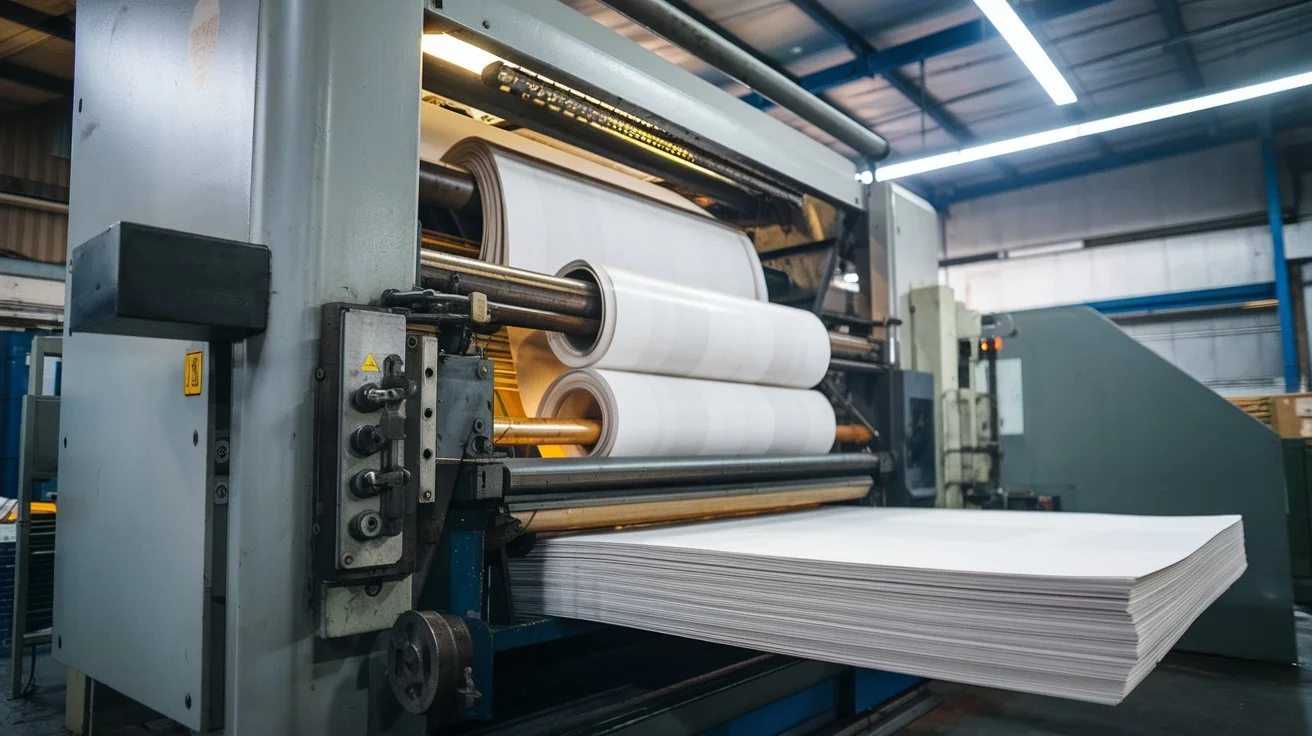Why In-House Printing Matters: Quality, Speed & Cost Benefits
1. What Is In-House Printing in Event Production?
In-house printing refers to the ability to design, produce, and finish printed materials within the same facility that handles event planning, production, and fabrication. Instead of outsourcing signage, banners, vinyls, and branded assets, everything is produced under one roof.
This approach is increasingly valuable for brands producing immersive environments, retail activations, or live events where timing and detail matter.
2. Quality Control from Start to Finish
2.1 Brand Consistency
Internal teams work closely with creative and production leads to ensure color accuracy, material compatibility, and scale matching.
Pre-press proofing and on-site reviews minimize alignment issues between digital design and physical output.
2.2 Material Expertise
In-house operators understand how various substrates—like foam core, acrylic, mesh fabric, or vinyl—behave under different lighting and environmental conditions.
This enables better decisions on finish, durability, and mounting methods from the beginning.
2.3 Direct Collaboration
Designers and print specialists can collaborate in real time to refine layouts, make adjustments, or troubleshoot technical constraints without delays.
Teams can physically compare swatches, test formats, or iterate based on client feedback immediately.
3. Speed: Fast Turnarounds Without Compromising Detail
3.1 Eliminating External Lead Times
External print vendors typically require 2–5 business days to complete a job, excluding shipping or installation coordination.
In-house teams can start printing within hours of design approval, accelerating production cycles for time-sensitive projects.
3.2 Rapid Prototyping and Last-Minute Edits
Need to adjust a sponsor logo, change a graphic panel, or reprint a damaged element?
In-house systems allow for same-day solutions, helping avoid costly delays during load-in.
3.3 Parallel Workflows
While one team finalizes production or fabrication, the print department can work concurrently—shortening the total timeline by 1–2 days on average.
4. Cost Efficiency Through Centralized Operations
4.1 Lower Per-Unit Costs
Bulk printing, direct sourcing of materials, and reduced markup contribute to more favorable unit costs than third-party vendors.
4.2 Reduced Freight and Handling Charges
No need to ship large-format materials across the city or country.
Savings on freight, crating, insurance, and rush delivery fees.
4.3 Less Waste, Better Inventory Control
In-house printing allows tighter control over quantities—printing only what’s needed.
Mistakes or changes don’t require re-orders from scratch, minimizing material waste and overages.
5. Practical Applications of In-House Printing
In-house printing supports a range of event and production needs where speed, accuracy, and scale are essential.
5.1 Event Signage and Environmental Graphics
Branded step-and-repeats, directional signage, welcome banners, and stage backdrops.
Materials printed on-demand to match spatial constraints or last-minute sponsor additions.
5.2 Retail Pop-Ups and Experiential Installs
Wall graphics, window clings, and product display panels can be printed, tested, and refined on-site.
Facilitates consistent brand visuals across multiple surfaces and dimensions.
5.3 Fabrication-Integrated Graphics
Custom builds often require wrapped components, labels, or embedded prints.
When printing is done in-house, these assets are cut, finished, and installed in sync with fabrication timelines.
6. IDEKO’s In-House Printing Capabilities
IDEKO’s integrated production facility in New York City includes in-house printing as part of its end-to-end event services. This eliminates common bottlenecks that occur when outsourcing and allows faster alignment across teams.
Key advantages include:
Wide-format printing for banners, vinyl wraps, and signage
Flatbed and roll-to-roll printing for both rigid and flexible materials
Custom finishing such as lamination, contour cutting, and mounting
Test runs and proofs available within hours to support rapid iteration
Integrated workflow with fabrication and installation teams
By investing in print as a core capability—not a bolt-on service—IDEKO ensures greater control, faster response times, and more reliable execution across all types of branded environments.
7. When Does In-House Printing Make the Biggest Impact?
While in-house printing benefits nearly every event, it's particularly impactful in the following scenarios:
Tight Timelines: When design approval happens late or event load-in is condensed
Highly Customized Builds: When components need to be printed to precise specs for fabrication
Multi-Venue Activations: Where consistency across locations matters
On-Site Troubleshooting: When you need the flexibility to fix or replace graphics at the last minute
Clients with complex requirements or evolving programs benefit the most from this level of responsiveness.
-
These terms are often used interchangeably. Both refer to printers that handle materials larger than standard sizes—ideal for banners, murals, and installations.
-
Yes. We work with a range of substrates including vinyl, fabric, foam board, acrylic, and PVC, depending on your project needs.
-
In most cases, it’s more cost-effective—especially when you factor in time savings, reduced transport costs, and fewer change-order fees.
Ready to Streamline Your Next Project?
If you're producing an event or environment that relies on accurate, fast, and flexible printed assets, IDEKO's integrated production model ensures you're never waiting on an outside vendor.
Contact us to learn how our in-house printing team can support your next activation.

